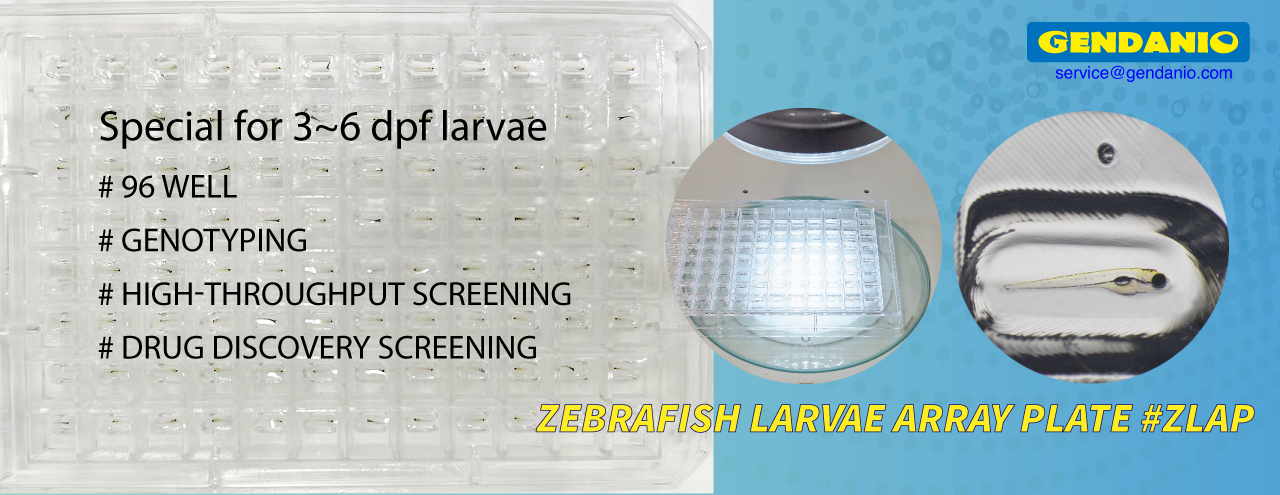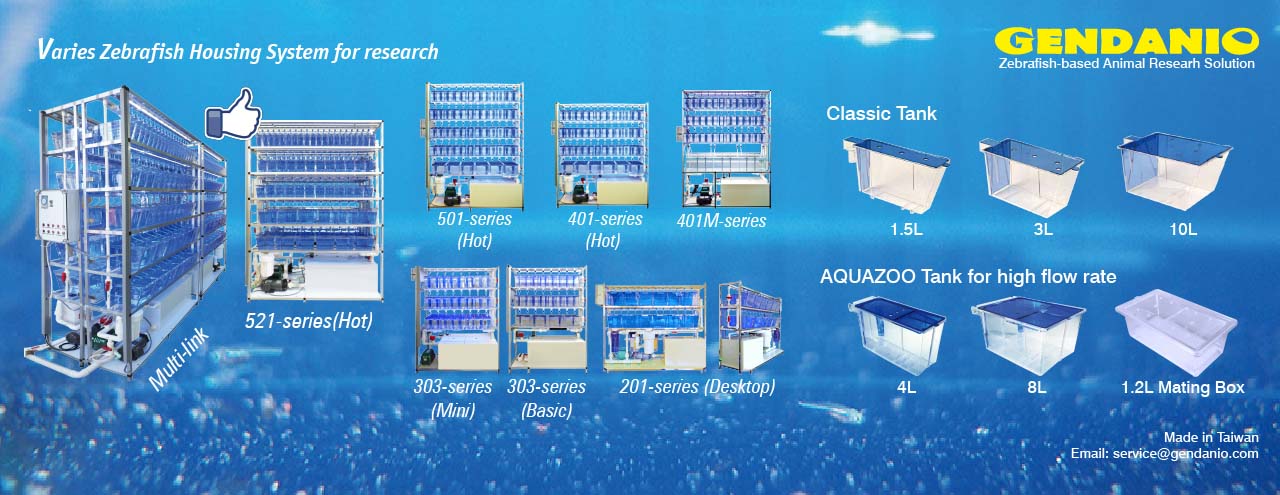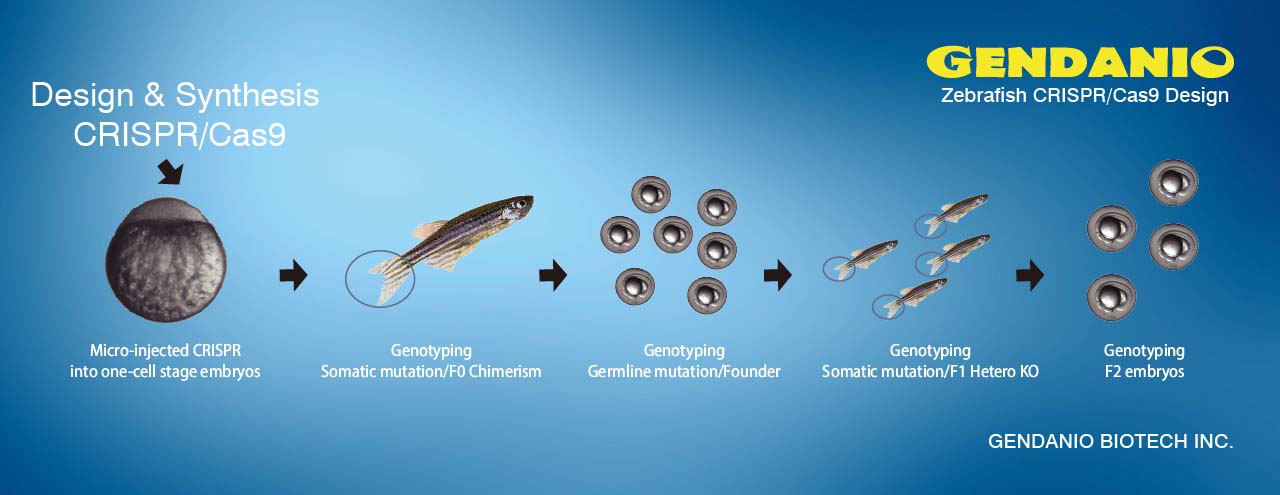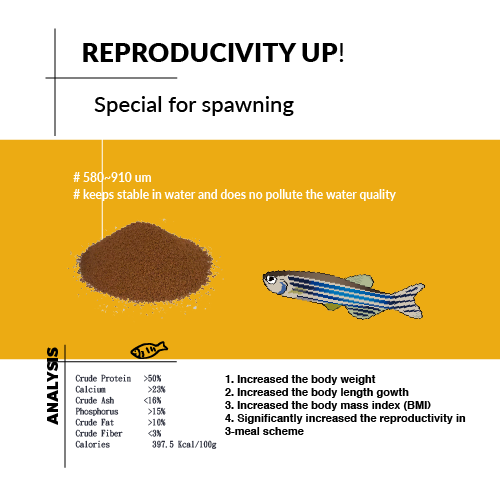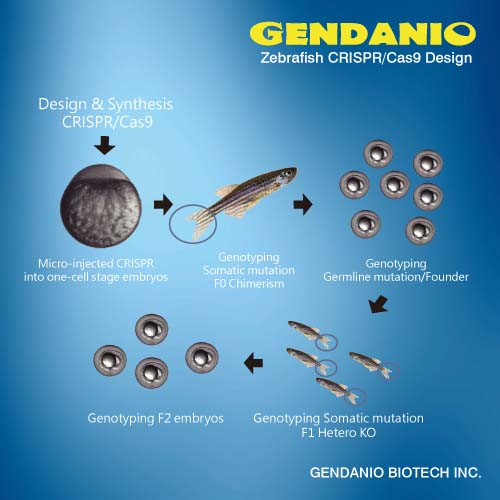Understanding a wider range of genotype–phenotype associations can be achieved through ecological and evolutionary studies of traditional laboratory models. Here, we conducted the first large-scale geographic analysis of genetic variation within and among wild zebrafish (Danio rerio) populations occurring in Nepal, India, and Bangladesh, and we genetically compared wild populations to several commonly used lab strains. We examined genetic variation at 1832 polymorphic EST-based single nucleotide polymorphisms (SNPs) and the cytb mitochondrial gene in 13 wild populations and three lab strains. Natural populations were subdivided into three major mitochondrial DNA clades with an average among-clade sequence divergence of 5.8%. SNPs revealed five major evolutionarily and genetically distinct groups with an overall FST of 0.170 (95% CI 0.105–0.254). These genetic groups corresponded to discrete geographic regions and appear to reflect isolation in refugia during past climate cycles. We detected 71 significantly divergent outlier loci (3.4%) and nine loci (0.5%) with significantly low FST values. Valleys of reduced heterozygosity, consistent with selective sweeps, surrounded six of the 71 outliers (8.5%). The lab strains formed two additional groups that were genetically distinct from all wild populations. An additional subset of outlier loci was consistent with domestication selection within lab strains. Substantial genetic variation that exists in zebrafish as a whole is missing from lab strains that we analysed. A combination of laboratory and field studies that incorporates genetic variation from divergent wild populations along with the wealth of molecular information available for this model organism provides an opportunity to advance our understanding of genetic influences on phenotypic variation for a vertebrate species.
Source: Life-Sciences.net


